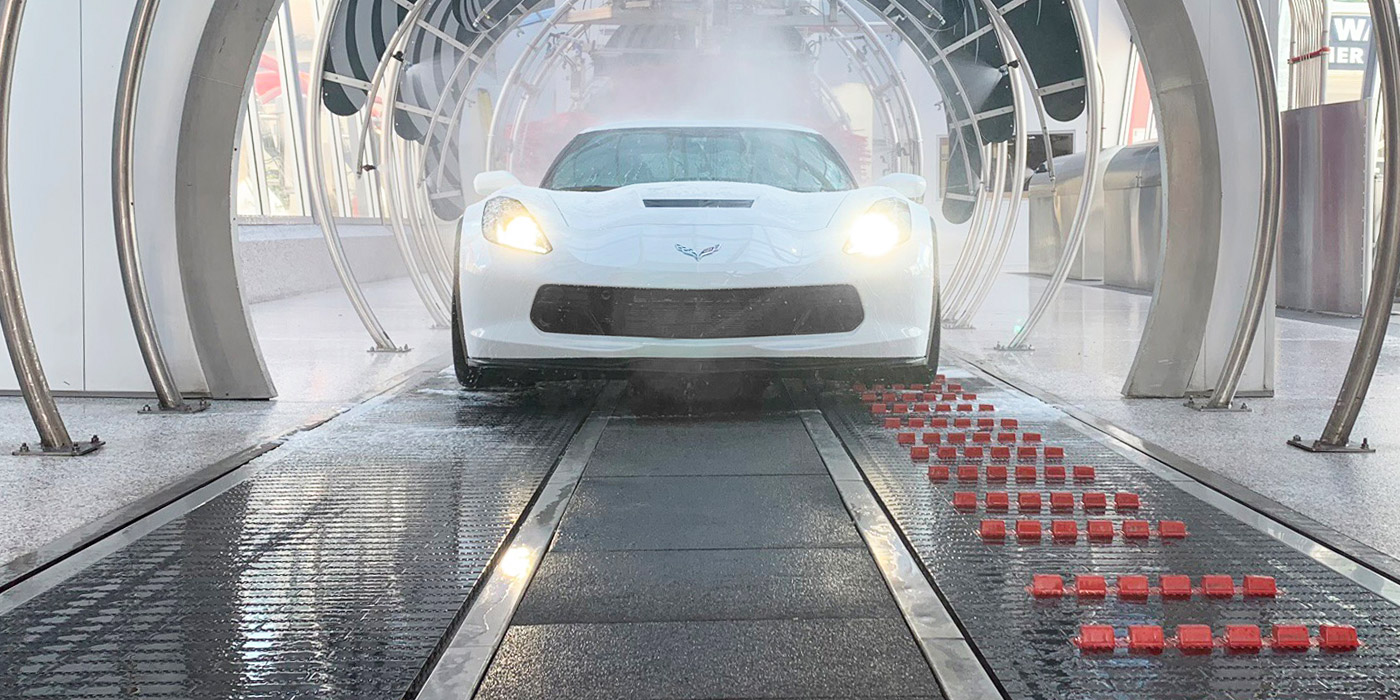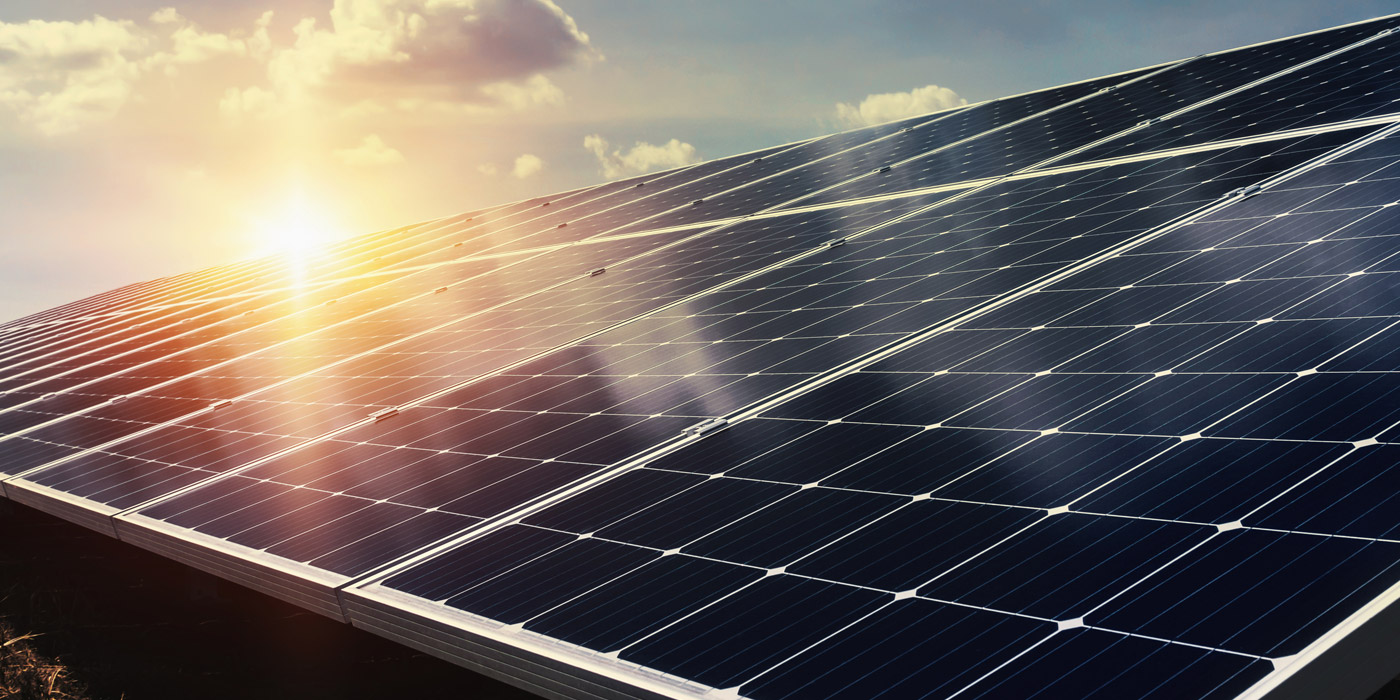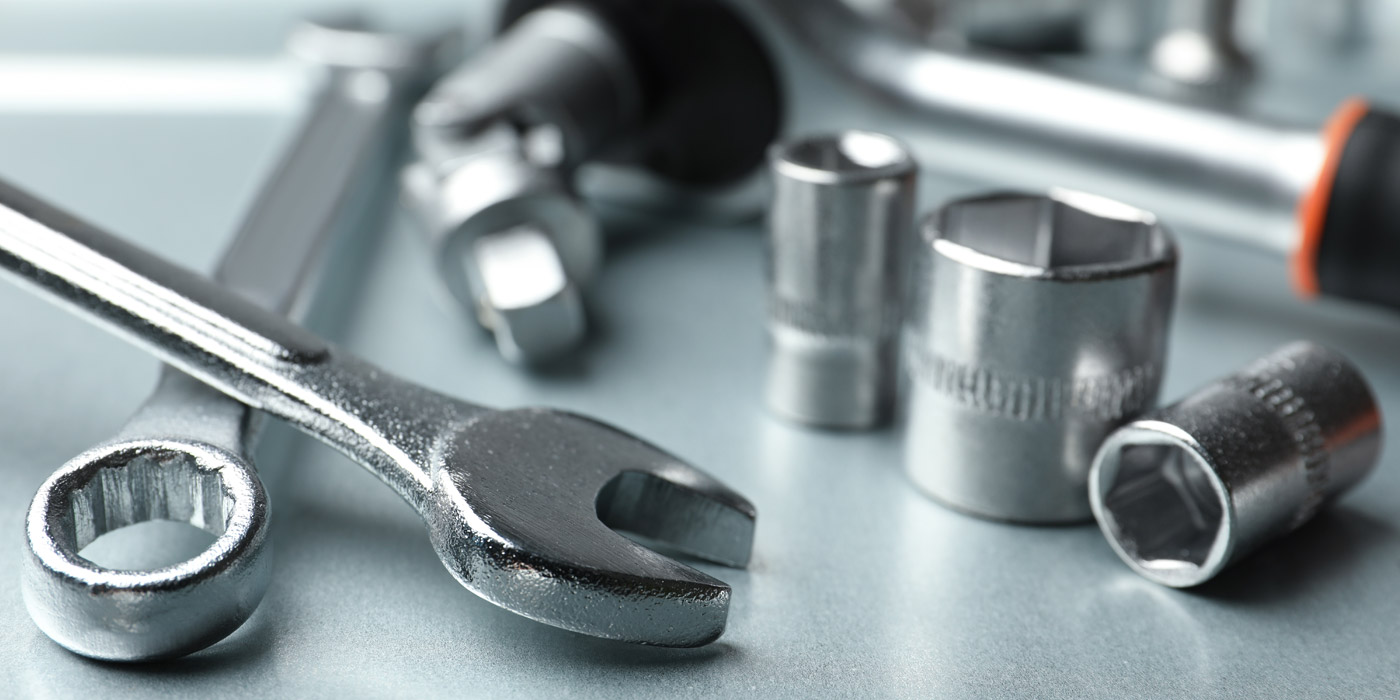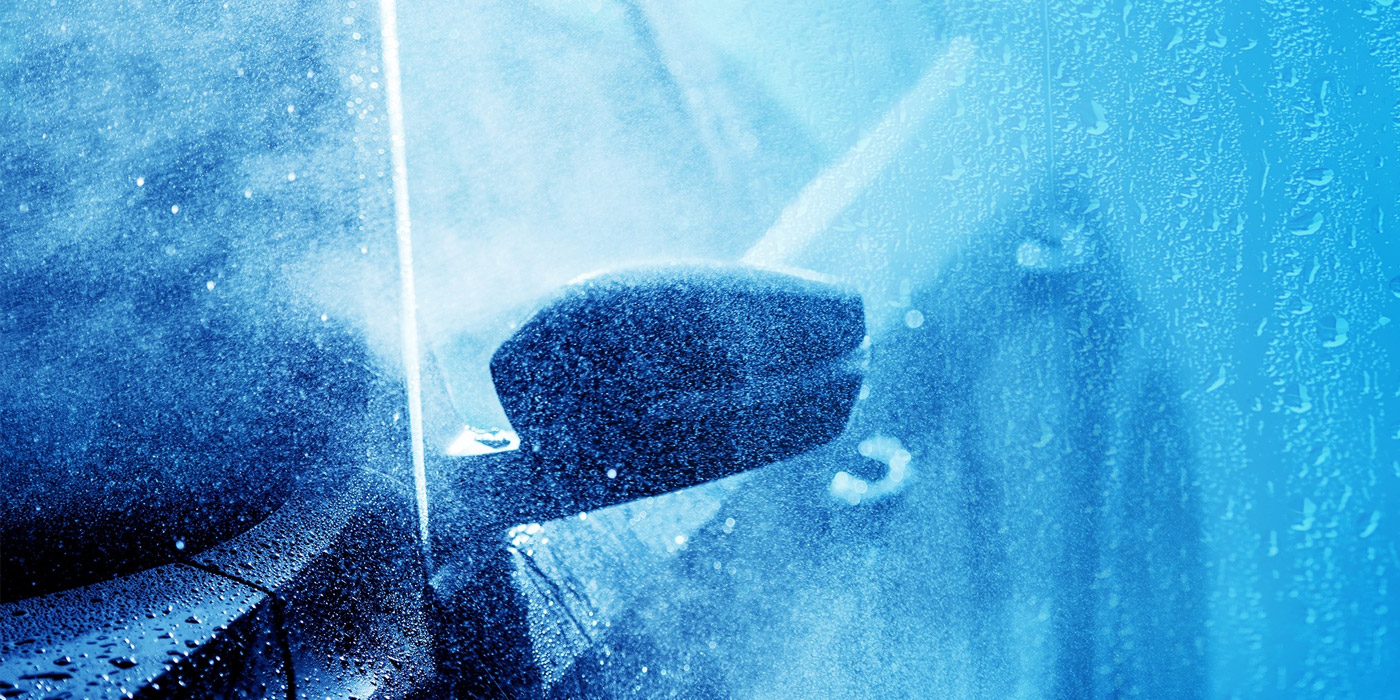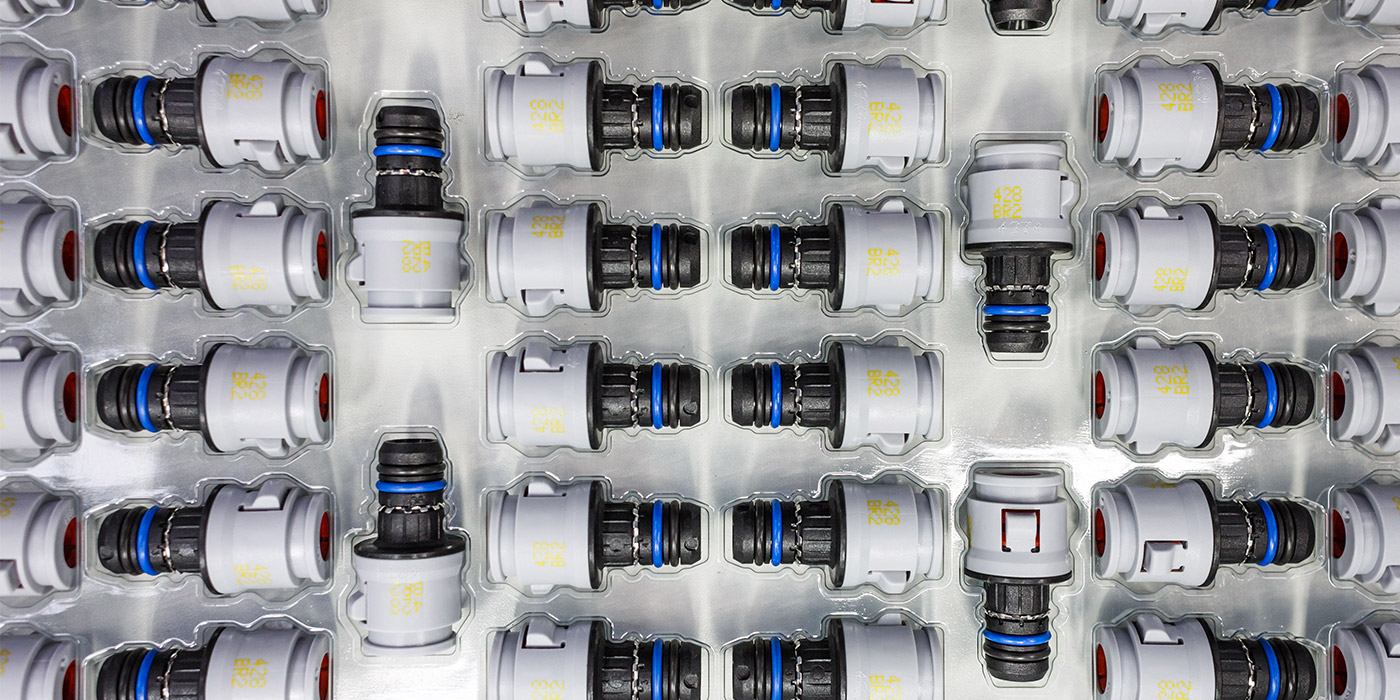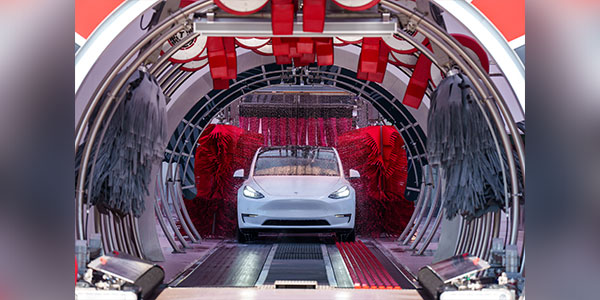In the past, an express exterior tunnel could get away with plain, metal-frame arches bridging the conveyor. However, in today’s competitive climate, your carwash’s appearance and the customer experience you provide play a huge role in gaining a loyal base. But, it isn’t necessarily just the entrance arch you need to be concerned about — your other arches can also play a role.
No time to read this article? Listen to it instead!
Let’s take a look at the different design practices used between entrance arches and dispensing arches as well as what types of messages and branding are best to put on both.
Entrance arches
Think of your entrance arch as the front door to your carwash. It will set the tone for the rest of the three- to five-minute ride, and since customer experience has a tremendous impact on whether or not they return, this arch can prove critical.
“In terms of design, all carwash arches — and entrance arches in particular — should be bold, clear and welcoming, and should reinforce the wash’s brand with appropriate signage and lighting,” state Bob Flavin, marketing manager, and Daniel VanDyke, content manager, of Tommy Car Wash Systems. “Lettering and designs should be oversized and high-contrast while also being very simple so customers can take in the message at a glance.”
When choosing your arch, you will first want to avoid materials that are prone to fading over time. As for the design, now is the perfect chance to start tying in your branding with your equipment. Use your logo and/or company mascot, and choose colors that sync with your brand. These colors, ideally, should tie in with the other colors found on your carwash property, such as on signage and vacuums.
Jim Utterback, director of marketing for Motor City Wash Works, offers some more specific design tips:
- Keep graphics crisp and clean. “I tend to lean more toward a clean-branded design over the circus act that you might see on some designs. Sometimes, less is more,” he says. Also, avoid designs that seem childish or outdated.
- Make your messaging clear. Choose fonts that are easy to read.
- Incorporate instructional aspects. Let the arch tell customers to keep their hands off the steering wheel, feet off the brakes, car in neutral and wipers off. Be sure these directions are on the driver’s side (left-hand side in North America).
- Incorporate package confirmation. On the opposite side of the arch, list packages with flashing LEDs, so that customers can confirm they are getting what they paid for. Always make sure the flashing lights are operational, lest you hear about it.
“Away from graphic design, there are elements of the structural design that need to be thought through as well,” Utterback continues. “In today’s world, we have a lot going on at this point of the wash: cascading foam wall, presoak application, lubricating foamers, LED light bars and so on. When designing the arch, you will need to keep this in an application sequence that makes sense and does not defeat the purpose of another application. Next, with all of the air, chemical and electrical lines feeding an arch, if you don’t have this thought through with the proper chase ways, you could have a bunch of spaghetti that really isn’t that attractive to see from a consumer’s eye.”
Loading accessories
According to Flavin and VanDyke, there are also several accessories available that you can add to entrance arches in order to assist with loading:
- LED instruction screen: Rather than having instructions on the side of the arch, you could instead opt for a screen that cycles through the instructions. Make sure to use a large outdoor/sunlight LED model that is weather-resistant, and program it to display simplified loading instructions that shift in real time based on programmable logic controller (PLC) inputs.
- Voice commander: This provides audio feedback and can remind team members to mind incoming vehicles.
- Soft-touch guides: Plastic guides, such as balls, are available that give customers edges and reference points to use to center themselves. The guides are lightweight and are not anchored to the ground, so if they are accidentally bumped, there is no damage to customer vehicles and the customers know to correct their positions.
- Mirrors: Overhead mirrors that are angled downwards can help customers line up as they approach the correlator. However, Flavin and VanDyke note that if you have a
conveyor belt model, which has a larger footprint and is easier to load, mirrors can become unnecessary and distracting.
Dispensing arches
Everyone who enters your tunnel will be able to see the entrance arch, but that begs the question: Can customers see your other arches? If so, do those need to look attractive as well, or will plain, practical metal frames do?
The answer depends on your tunnel layout and the message you are trying to send.
If your tunnel is dark and windowless, customers inside soapy vehicles won’t be able to see and appreciate the designs, so having decked-out arches may seem extraneous. On the other hand, the more natural lighting you have, the more energized the space and customer experience will be, and you should have each arch and service properly illustrated to reflect that sense.
“These site-specific arch designs help with conveying value, as customers are able to identify each menu service as it activates, and the designs can help with word-of-mouth advertising, as the view of the arches and the tunnel as a whole will become more and more dramatic and interesting,” Flavin and VanDyke say.
Furthermore, if your marketing investments include high-quality video or photography of the wash, having tunnels that look fun, clean and modern can work very effectively in both print and digital campaigns.
In addition, if your marketing promotes a four- or five-step application process, then you absolutely need to have your arches designed with process confirmation to reflect that. In addition, as the industry has changed, focusing more and more on creating an entertaining experience with LEDs, customers are going to associate more bells and whistles with higher value, especially on the higher-priced packages.
Optimizing functionality
However, the design of the arch is not just superficial — its mechanical and feed design is critical to the working of your carwash, which, in the end, is the entire point. Investing in arches made of higher-quality materials, such as solid stainless steel, prove cost-effective in the long run, because they are much more durable and better suited for decades of use in a carwash tunnel. Also, when purchasing an arch, you will want to define exactly which application(s) you want to incorporate into it and verify that it can be done through that specific arch.
Utterback offers a few steps for optimizing the functionality of your equipment. First, be sure to have the proper delivery equipment that will be feeding the specific application. It needs to be sized accordingly.
“If you have an applicator that requires 12 to 15 gallons per minute like a foam wall/curtain, you will need the delivery system spec’d accordingly. Next, you will need to make sure that your solution feed lines are also sized accordingly. If they are too small, you won’t be able to get the volume of solution delivered to the application. Then, you will also want to make sure that if you have a ‘T’ or a ‘Y’ splitting the line to feed multiple applicators, that the lines after the split should be equal length, so that you do not allow for solution to take the [path] of least resistance, which will cause unequal distribution of the solution to your applicators,” Utterback instructs.
One final aspect of design that Utterback notes pertains to the access of the foam chambers and controls to a specific application. If they are located in such a position that you can only access them when you are not running cars, it will become difficult to really dial them in and clean the generator while the tunnel is in operation.
In the end, there’s more to arch design than meets the eye, so be sure to consult with your arch designer to make the most out of these critical pieces of equipment.





